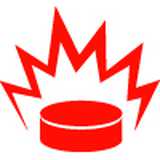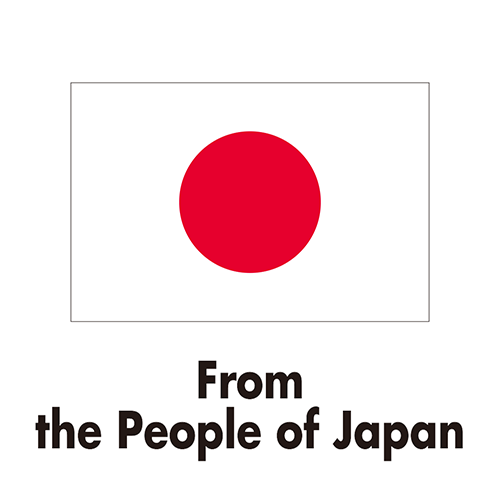Angola remains one of the most heavily mined countries in the world, with over 73 million square metres of land contaminated and over 1,100 known and suspected minefields. Millions of landmines and other unexploded bombs are still scattered throughout the country - the legacy of over 40 years of conflict.
MAG has been working in Angola since 1994 and has operations in the east of the country in Lunda Norte, Lunda Sul and Moxico provinces. In the last decade alone, and with the support of the Angolan government, MAG has cleared more than 10 million square metres of minefields for communities—the equivalent of 1,400 football pitches.
With the increased use of mechanical demining machines, we cleared 1,8 million sqm in 2021, and aim to clear more than 2 million sqm in 2022.
Why we work in Angola
Landmines still contaminate large swathes of Angola, hindering development and causing injury and death. Over 88,000 people were registered as living with disabilities from landmines and unexploded bombs in 2014.
The contamination in eastern Angola has a significant impact on local communities. People living in the poorest areas of the country are unable to build homes and farm their land safely. Villages cannot expand to accommodate Angolan IDP and refugee communities who had been living in Zambia and the Democratic Republic of Congo and who are still returning home.
The village of Lucusse became deserted during the conflict. Now cleared from landmines, it has more than 21,000 inhabitants. Luzi had only 66 people when we started to clear in 2015, now has more than 4,000 inhabitants. These are just two examples.
We needed MAG because people were finding a lot of mines and some were dying. Now so much has been cleared. Now there is a market, there is a school, there is a health centre and a police post where there were mines.
Village Soba (Chief) JonasAngola
How we help
MAG clears rural land of landmines and unexploded bombs to keep communities still suffering the effects of a long-finished conflict safe. The land is then returned to be used for agriculture and house building.
MAG has completed non-technical surveys – the process of confirming exactly where mines are so that land without contamination can be declared safe – across the provinces of Lunda Norte, Lunda Sul and Moxico. Since 2014, nearly 142 million square metres of land suspected of containing mines has been visited, surveyed and cleared /removed from the national database by our teams.
We use a mixture of manual and mechanical methods to clear areas confirmed by our surveys to contain mines or unexploded bombs. This allows for flexibility in the face of Angola’s varied landscape and weather. In particular, we deploy a variety of mechanical assets with a variety of features and speeds for efficient clearance. Using clearance machines, MAG teams can clear up to 100,000 sqm a month, and manual team up to 8,000 sqm.
Manual teams can follow-up on land processed by our machines and can also work in densely forested or populated areas that are less accessible to our larger machines.
MAG teams also conduct risk education sessions in the community on how to recognise, avoid and report threats. They also circulate these messages via radio in order to reach the greatest possible number of people with potentially life-saving information. This is particularly important for children and returnee communities who are not aware of the dangers.
Minga, once a landmine victim herself, is one of our community liaison assistants. She was six when she lost her arm and eyesight. She now works for MAG and gives mine risk education sessions to her community, to keep them safe.
MAG Angola proudly employs the only all-female Weapons and Ammunition Management team. They mark and safely destroy obsolete weapons and ammunition and build safe weapons storage facilities for the police and train their storekeepers.
Our results in 2023

Land released by deminers and machines
2,720,938sqm

Risk education sessions
990

Landmines & unexploded bombs destroyed
4,649

People directly supported
49,378

Small arms ammunition destroyed
34,243
















